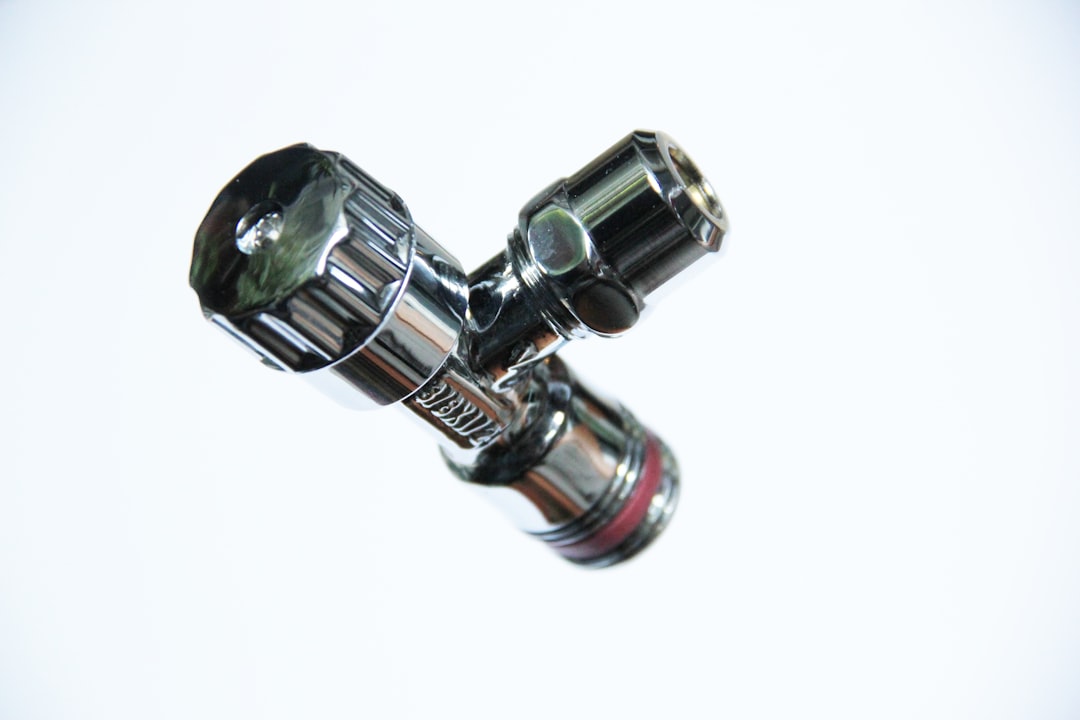Multi-port manifolds, or Wodonga structures, are mathematical tools that help researchers understand complex interconnected systems by mapping "ports" through which processes flow. In industries like chemical plants and automotive assembly lines in Wodonga, these structures enhance efficiency, productivity, and product quality with precise fluid delivery control. They enable parallel processing, improving performance in high-throughput applications like data centers and advanced manufacturing, but successful integration requires careful planning and expertise.
Multi-Port Manifolds are transforming industrial landscapes, particularly in Wodonga, offering enhanced fluid distribution and process control. This comprehensive guide delves into the understanding, applications, and implications of these innovative systems. We explore how multi-port manifolds revolutionize manufacturing processes in Wodonga’s bustling industrial sector, improving efficiency while presenting unique challenges. By examining real-world examples, we unlock the potential of this game-changing technology.
- Understanding Multi-Port Manifolds: A Comprehensive Overview
- The Application of Multi-Port Manifolds in Wodonga's Industrial Landscape
- Advantages and Challenges: Unlocking the Potential of Multi-Port Manifolds
Understanding Multi-Port Manifolds: A Comprehensive Overview

Multi-port manifolds, also known as multi-manifolds or Wodonga structures, represent an intricate yet powerful concept in mathematics and physics. They offer a way to describe complex systems with multiple interconnected components, allowing for a unified framework to study their properties and behaviors. At its core, a multi-port manifold is a geometric construct that combines elements of several dimensional spaces, each serving as a “port” through which various processes or entities can flow.
This comprehensive overview aims to demystify the intricate nature of these manifolds. By understanding the relationship between these ports, one can gain insights into the dynamics and interactions within complex systems. In essence, Wodonga manifolds provide a language to describe how different aspects of a system, be it physical, biological, or abstract, interrelate and influence each other. This understanding is pivotal for researchers and professionals across diverse fields, enabling them to model, analyze, and predict phenomena that would otherwise remain elusive.
The Application of Multi-Port Manifolds in Wodonga's Industrial Landscape

In the industrial heartland of Wodonga, multi-port manifolds play a pivotal role in enhancing efficiency and innovation. These complex structures, designed to manage and distribute fluids or gases across multiple outlets, are integral to the city’s diverse manufacturing base. From chemical plants to automotive assembly lines, the versatility offered by multi-port manifolds allows for precise control and customization of fluid delivery, directly contributing to improved productivity and product quality.
Wodonga’s landscape is characterized by a network of industrial facilities that rely on advanced engineering solutions to stay competitive. Multi-port manifolds provide these facilities with the flexibility to adapt to changing production demands, integrate new technologies, and meet stringent environmental standards. As Wodonga continues to evolve as an industrial hub, the strategic application of multi-port manifolds will remain crucial for maintaining its position at the forefront of Australian manufacturing.
Advantages and Challenges: Unlocking the Potential of Multi-Port Manifolds

Multi-Port Manifolds offer a multitude of advantages that are transforming various industries, much like the vibrant city of Wodonga, known for its bustling economic landscape. One of their key strengths lies in enhancing efficiency and performance by facilitating parallel processing and distributed systems. In applications demanding high throughput, such as data centers or advanced manufacturing, these manifolds can significantly improve overall system performance. They enable complex tasks to be executed concurrently, reducing processing times and increasing productivity.
Despite their promise, navigating the challenges associated with Multi-Port Manifolds is essential for unlocking their full potential. Integration complexity, especially in intricate systems, requires meticulous planning and specialized expertise. Ensuring seamless data flow and synchronization across multiple ports can be a significant hurdle. Moreover, managing power distribution and cooling systems becomes more demanding as the number of ports increases. These challenges demand innovative solutions and careful design considerations to harness the true capabilities of Multi-Port Manifolds in various sectors, just as Wodonga continues to revolutionize its industrial landscape through smart infrastructure development.
Multi-port manifolds, with their versatile applications, are transforming industries across Wodonga and beyond. From enhancing manufacturing processes to improving logistics efficiency, these innovative systems offer significant advantages. However, challenges remain in implementation and optimization. By addressing these hurdles and continuing to explore the potential of multi-port manifolds, Wodonga can solidify its position as a leader in industrial advancement, harnessing the power of technology to drive economic growth and create a vibrant, sustainable future.
